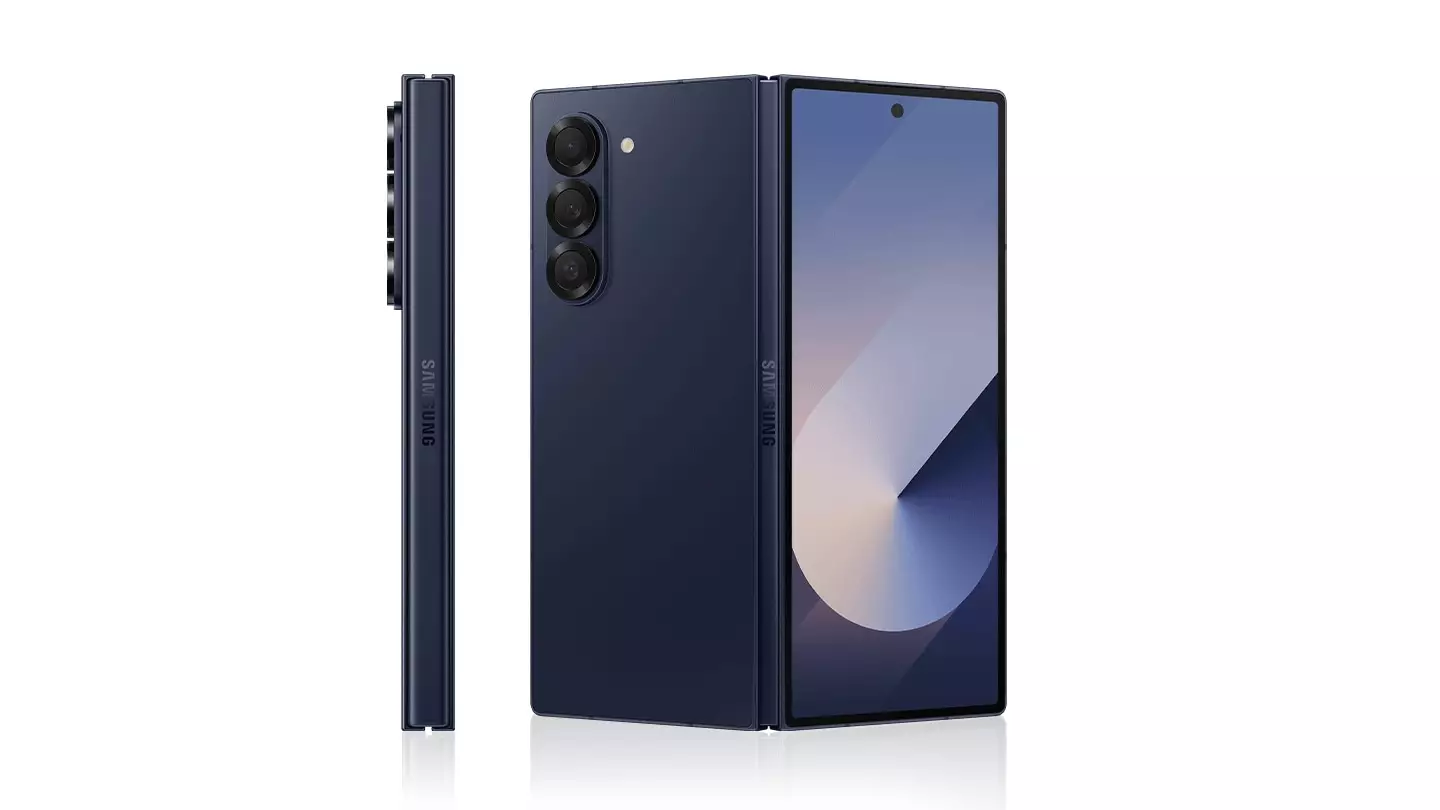Samsung’s eagerly awaited Galaxy Unpacked event scheduled for July 9, 2025, promised to showcase the next wave of innovation in foldable smartphones. The anticipation was fueled by expectations that Samsung would continue to push the boundaries of design and technology with the Galaxy Z Fold 7. Yet, a recent leak of leaked renders and insider reports reveal a troubling story: Samsung appears to be retreating from its previously bold design choices, particularly with the removal of the so-called ‘Saturn Ring Design’—those distinctive metal camera rings introduced in the Galaxy Z Fold 6 and the Galaxy S25 series. The backlash against these thick metallic rings has led Samsung to quietly ditch what once felt like a daring design element, which leaves consumers wondering whether innovation is being sacrificed for safer, more conventional aesthetics.
Design Identity Lost in the Pursuit of Safety
The ‘Saturn Ring Design’ was more than just a visual quirk; it was part of Samsung’s ambition to stand out in a crowded market dominated by minor tweaks and incremental improvements. The chunky metal rings around the camera lenses symbolized a confident statement—bold, futuristic, and unapologetically distinct. However, instead of doubling down on this unique identity, Samsung has blinked, bowing to consumer criticism branding the design as “cheap-looking.” This move feels like a classic example of design by committee, where the passion and vision that once defined Samsung’s foldable lineup are watered down amid public disapproval and market caution.
What is more disheartening is that this retreat indicates a broader lack of willingness to take risks in the smartphone market, which has arguably reached a stalling point. The very nature of foldable technology demands audacity and creativity. Instead, the Galaxy Z Fold 7 render showcases a device that looks “safer”—a thinner design with an 8-inch internal screen and a 6.5-inch external display, promising impressive specs such as the Snapdragon 8 Elite for Galaxy chipset, but one that is visually and conceptually less exciting than its predecessor.
The Fog of Modern Tech Conservatism
Samsung’s decision to remove the metal rings also hints at a larger pattern of weighing consumer reactions heavily—sometimes to the detriment of innovation. The smartphone industry, especially in its premium segments, thrives on differentiation. Yet, when a company as influential as Samsung succumbs to criticism by abandoning a design feature rather than refining it or educating its market about its value, it sends a message that aesthetics are trumped by short-term consumer sentiment.
This approach is deeply frustrating for tech enthusiasts and loyal Samsung fans who have come to expect that the company would dare to be different rather than blend into a sea of sameness. The risk-averse attitude could have ripple effects extending into other forthcoming lines, including next year’s Galaxy S26 series, which might also lose the camera rings entirely. It risks turning Samsung’s flagship devices into mere iterations of each other, missing out on instilling any memorable identity or excitement.
Innovation Deserves More Than Comfortable Design Tweaks
While the Galaxy Z Fold 7 is set to impress from a performance standpoint—with a slim, lightweight chassis weighing just 215g and a folded thickness of 8.9mm—the visual language of the device matters just as much. Tech consumers are increasingly expecting devices that make a statement, showcasing that companies are not afraid to blend form and function into something fresh and compelling.
The design retreat suggests a conservative management of innovation, where Samsung might be prioritizing broad consumer appeal and risk mitigation over spine-tingling, courageous design. This is disappointing at a moment when the foldable phone category desperately needs to assert itself beyond gimmicks and utility. Without bold design that embraces its futuristic promise, the category risks stagnating into a predictable and uninspired niche.
Samsung’s Middle Ground Could Alienate Core Fans
Finally, it’s important to acknowledge that consumer feedback is valuable, but so is artistic and engineering vision. Samsung’s hesitation to champion a distinct visual identity could alienate the very core user base that elevated the brand to foldable leadership. The foldable market is driven by enthusiasts who crave something novel—a break from slab smartphones that have dominated the market for over a decade. The Galaxy Z Fold 7’s design choices suggest a company caught between chasing mass-market approval and maintaining a visionary edge—a tension many modern tech giants must contend with.
In the heat of market pressures, Samsung must remember that progress often demands going against the grain rather than appeasing the comfortable majority. The boldness of the ‘Saturn Ring Design,’ whatever flaws it had, was a statement worth refining—not abandoning.


Leave a Reply